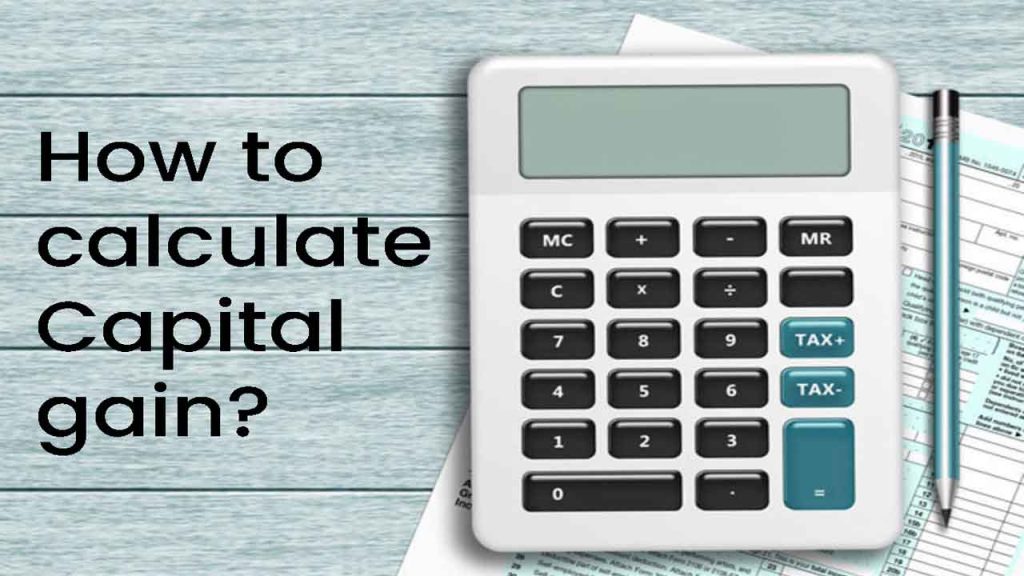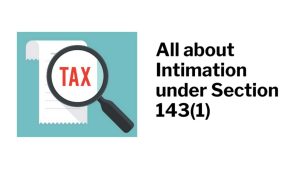Calculate Capital gain – Calculating capital gains could be a complicated and intimidating process based on the type and amount of transactions performed by the assessee within the FY. It is still better to seek the same advice from a specialist as a chartered accountant.
You can reach our in-house team of CA by calling at – +91 79870 21896 & If you looking for best CA click or tap the link.
That being said, if the individual uses the prescribed step, She/he will be able to measure his own capital gains. If you do have capital gains, you would have to determine it at the date when submitting your ITR. Follow this step to do it yourself.
Capital gains are earned when a capital asset is transferred (by means of selling or otherwise) by the taxpayer. They are further categorized into two on the criteria of the retention period: short-term capital gains (STCGs) & long-term capital gains (LTCGs).
Must Read – What are Short term and long term capital gain?
The basic template for the measurement of LTCG and STCG was given under the Income Tax Act, 1961 which can be seen below –

Basic template to calculate Capital gain
| Sale value | xxx | |
| less: | Indexed cost of acquisition | xxx |
| less: | Indexed cost of improvement | xxx |
| less: | Expenditure incurred in connection with the transfer/sale | xxx |
| Long & Short term capital gains | xxx |
What is Sale value?
That is the amount earned or receivable mostly on the selling of the capital asset. In the event of a house, where the real selling price is far lower than stamp duty value (SDV) of the property, the SDV is assumed to be the sale value. In the event of equity or mutual fund (MF) units, the aggregate purchase price (except the trading costs and share exchange tax or STT) is deemed to be the sale value.
What is the cost of acquisition value?
That is the acquisition cost of the asset that has been transferred. The brokerage costs charged to acquire the asset must be contained in the purchase price.
In the event that the sold asset is purchased as a donation, the purchase cost is about the same as the acquisition cost in the possession of the individual who contributed the asset. Making sure that the retention duration begins with the date on which the commodity was bought by the individual who donated it.
In the situation of any equity shares or units of equity-oriented mutual funds acquired prior 1 February 2018, the COA will be determined in the following way:
1: Calculate your investment’s actual market value Multiply the number of shares or MF units to their relevant maximum prices as of January 31, 2018, to measure this cost.
2: Consider the investment’s real sale value.
3: From the 2 above, pick the lower value.
4: Compare the valuation achieved in step 3 with the investment’s real buying value and take the higher value. This would be the acquisition expense.
Note: If the shares were not exchanged on January 31, 2018, the peak valuation will be taken on the immediately previous trading day.
What is the cost of improvement?
That is the cash expended on huge asset maintenance or improvements. That being said, a whitewash would not be considered as an improvement cost, while money paid on big improvements, such as building a floor or an extra space, will register as an improvement cost.
The money paid to the occupant by the owner to have the property vacated may also be considered as a cost of the improvement.
What is the Expenditure in connection with transfer/sale?
It contains trading costs, registry charges and other expenditures rendered on the sale of the asset. The STT payments will not be excluded when measuring capital returns in stock shares and equity-oriented mutual funds units where STT is paid mostly on the sale transaction.



